THE HITCHER. Full of tension and thick with atmosphere
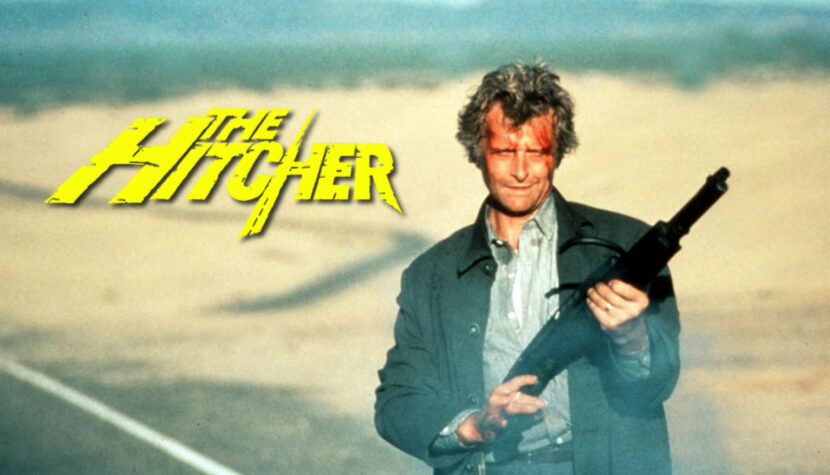
Almost forty years ago Robert Harmon’s The Hitcher had its premiere.
The premise of The Hitcher is pretty straightforward. During a nighttime journey to San Diego, young Jim Halsey (C. Thomas Howell) picks up a hitchhiker waiting for a ride. John Ryder (Rutger Hauer) initially seems tired and uninterested in conversation but soon reveals his true nature. He tells Jim about how he murdered the previous driver who had the misfortune of picking him up and explains that he intends to do the same to the boy. He terrorizes Jim with a knife, forcing him to repeat the words “I want to die” out loud, but luck is on Halsey’s side as he manages to throw Ryder out of the moving car. The madman soon starts to stalk his would-be victim, leaving behind an increasing body count and making Jim the prime suspect in the eyes of the local law enforcement. Jim’s only ally is Nash (Jennifer Jason Leigh), a girl working at a roadside diner.

According to the screenwriter, Erik Red, it all began with a song by The Doors, Riders On the Storm.
The mention of a killer on the road was enough to inspire the then-twenty-year-old Red to conceive a film about a psychopathic hitchhiker. Initially, no studio was interested in producing such a brutal picture. The titular killer murders an entire family in the film, slaughters an entire police station, tears a girl apart pinned between two trucks, and there are also references to dismemberment and a dog licking blood from a victim’s slashed throat. In the original screenplay, there were even more gruesome scenes, but the producers who eventually took on The Hitcher required the writer to make changes and soften some of the scenes. However, this did not prevent the finished film from facing significant criticism. It was accused of excessive nihilism, opting for senseless violence instead of deepening the relationship between the main characters, an exaggeration in action scenes, and a sketchy plot. The decision to make Ryder someone like a ghost, appearing out of nowhere, indestructible, identity-less, and without motive, also raised objections.
It’s hard to find a more glaring example of a film misunderstood by critics, a list of accusations that should demonstrate not the weakness of Harmon’s debut but its strength.
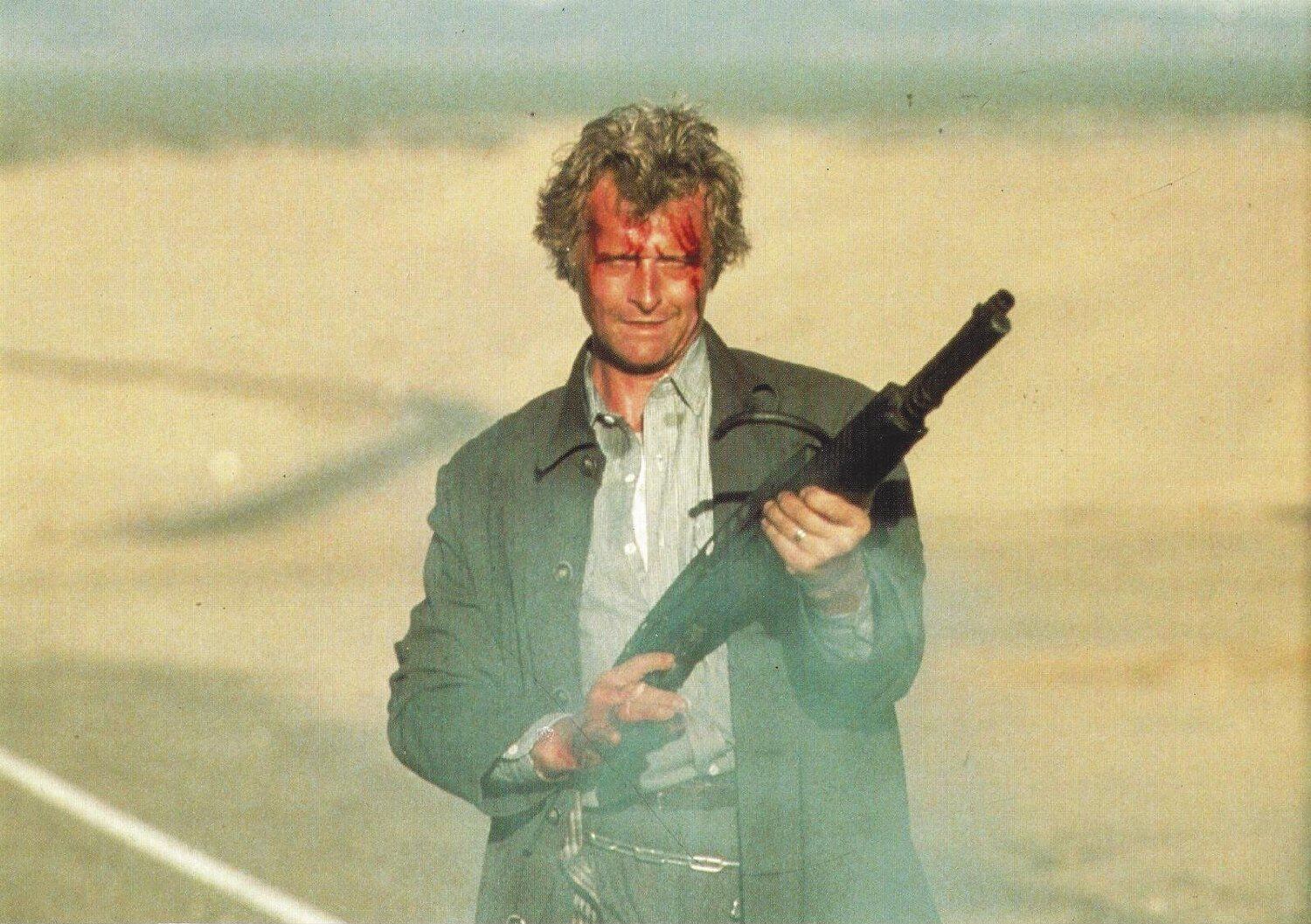
Labeling it as a thriller seems entirely appropriate, arising both from the plot and the means the director employs to achieve the intended effect. Here’s a film about a killer rampaging on American highways, playing cat and mouse with an entirely innocent young man. But the game that Ryder plays with Halsey is too enigmatic, indefinite, indicating a hidden meaning to their relationship. What does the former want? If we take his words seriously, he wants Jim to stop him, which doesn’t prevent the murderer from turning the boy’s life into a living hell, making him make impossible choices and watch more victims before Jim decides to fight back. Does he have any chance? None. He can try to kill Ryder, but subconsciously, we sense that by fulfilling the hitchhiker’s wish, he will lose. It’s not a film in the tradition of the Friday the 13th series, to which Harmon’s work was unfairly compared at the time, where a dim-witted psychopath eliminates more characters for the audience’s pleasure before being annihilated (at least until the next installment). Meeting Ryder brings physical and psychological torture to the main character.
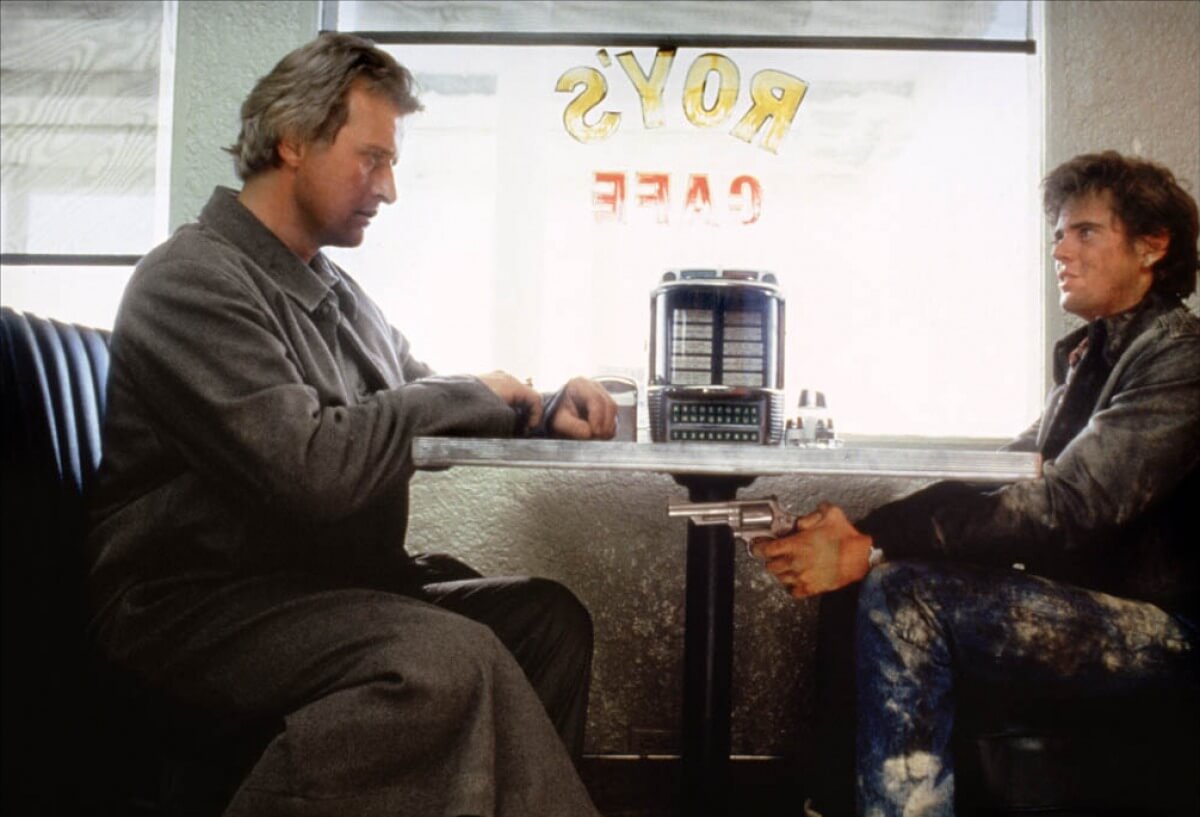
We take the titular villain seriously, but at the same time, it’s hard for us to believe in him. He has Rutger Hauer’s face and voice, which, along with his cold and piercing gaze and the occasional touch of humor, make him one of the most iconic madmen American cinema gave us in the 1980s. But we cannot ignore his spectral appearance, his ability to vanish and reappear, as if he were an integral part of the desert landscape all the time, revealing himself only to the chosen few, ultimately the precision with which he carries out his brutal acts. Furthermore, if we look at his actions, we might conclude that many of these things were impossible to execute. However, we don’t always have insight into them – the director wisely omits scenes that could undermine logic, thereby engaging the viewer’s imagination.
In addition to asking “why?”, we begin to wonder about the likelihood of many scenes involving Ryder. The issue of the murderer’s identity, or rather its absence, also comes into question, and he subtly transforms from a man into a specter, a ghost, or someone with the characteristics of a fantastical being. Such thinking situates The Hitcher with one foot in horror cinema. Therefore, there are reasonable theories suggesting that Hauer’s character is more than just a human being, or that he is a product of Jim’s imagination, perhaps trying to attribute his own crimes to an invented stranger.

It’s hard to call Harmon’s film a horror, though it’s just as challenging to confine it within the boundaries of action cinema.
The term “thriller” fits best, but it forces us to perceive The Hitcher as a work that falls neatly into a single genre, when in reality, it’s more of a result of action and horror meeting on common ground, coexisting harmoniously. Perhaps that’s why, even after almost forty years since its premiere, this renowned thriller still captivates and astounds like few others – its impenetrable nature allows for multiple interpretations, and duality is evident in practically every aspect of the film.
Taking place at the intersection of realism and surrealism, the film deliberately begins when a tired Jim is almost falling asleep at the wheel, narrowly avoiding a collision with a truck. Death lurks somewhere between sleep and wakefulness, understatement and literalism. Harmon combines the straightforwardness and spectacle of action cinema with the brutality and ambiguity of horror while simultaneously creating a poetic atmosphere that is felt even when two police cars collide in slow motion. Mark Isham’s memorable and moody music and John Seale’s cinematography contribute significantly, making the desert an extremely claustrophobic and unsettling place. Hauer himself exudes something that makes us search for the answer to “who is John Ryder?” with each subsequent viewing. If we knew, perhaps we could identify the source of his evil and understand what happens on screen. However, this luxury is not granted to us.
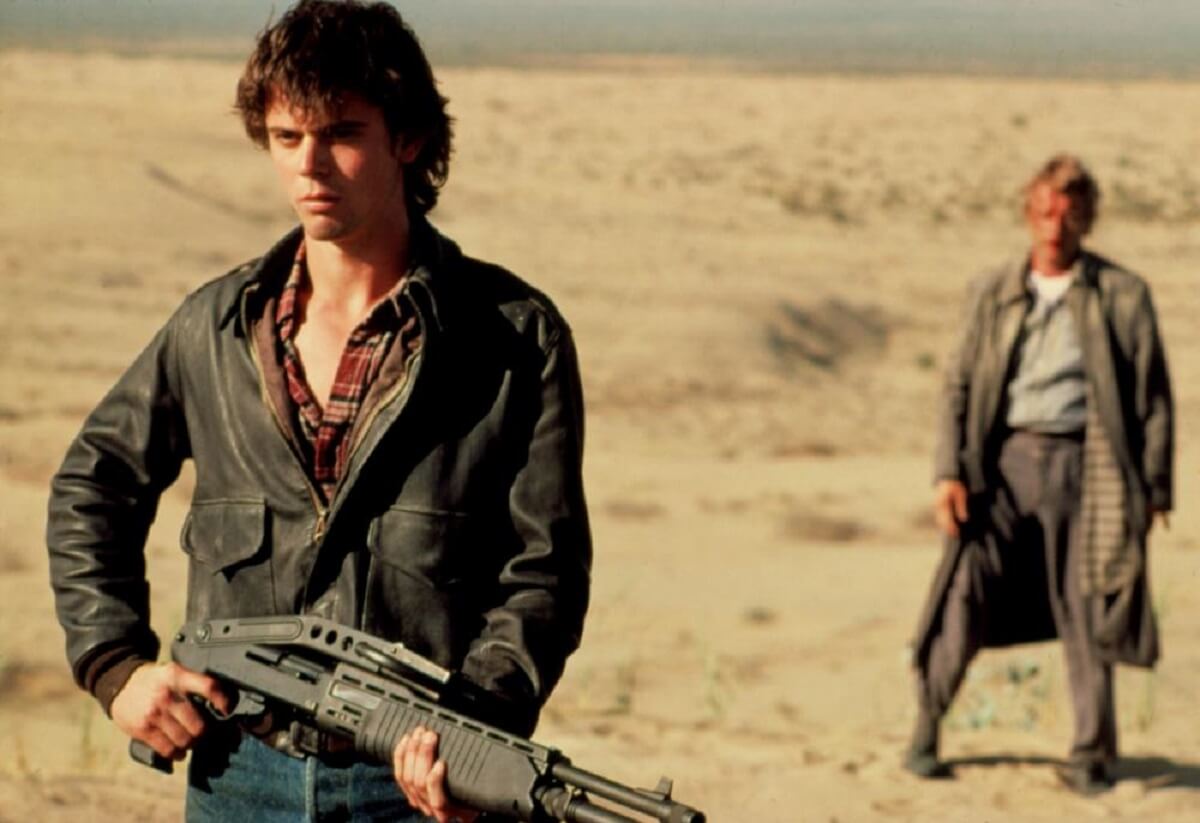
Both the director and the screenwriter continued the themes and aesthetics they introduced in their debut film, but with varying degrees of success. While Red quickly became known as the screenwriter for early Kathryn Bigelow films like Near Dark (1987) and the intense police thriller Blue Steel (1989), he later ventured into directing with less satisfying results. On the other hand, Harmon directed the action film Nowhere to Run (1993) with Jean-Claude Van Damme at the height of his fame but has since transitioned to television work, producing series and films with Tom Selleck. Interestingly, there was also the 2004 film The Hitcher, which was not so far removed in terms of plot from his most famous work, about a psychopath hunting his victims with a Cadillac Eldorado. The Hitcher itself later received a senseless sequel that luckily bypassed theaters and an exceptionally poor remake with Sean Bean as the maniacal murderer. The creators of these films perhaps didn’t quite understand that the success of the original was not determined by the gruesome scenes and a high body count but by something entirely different.
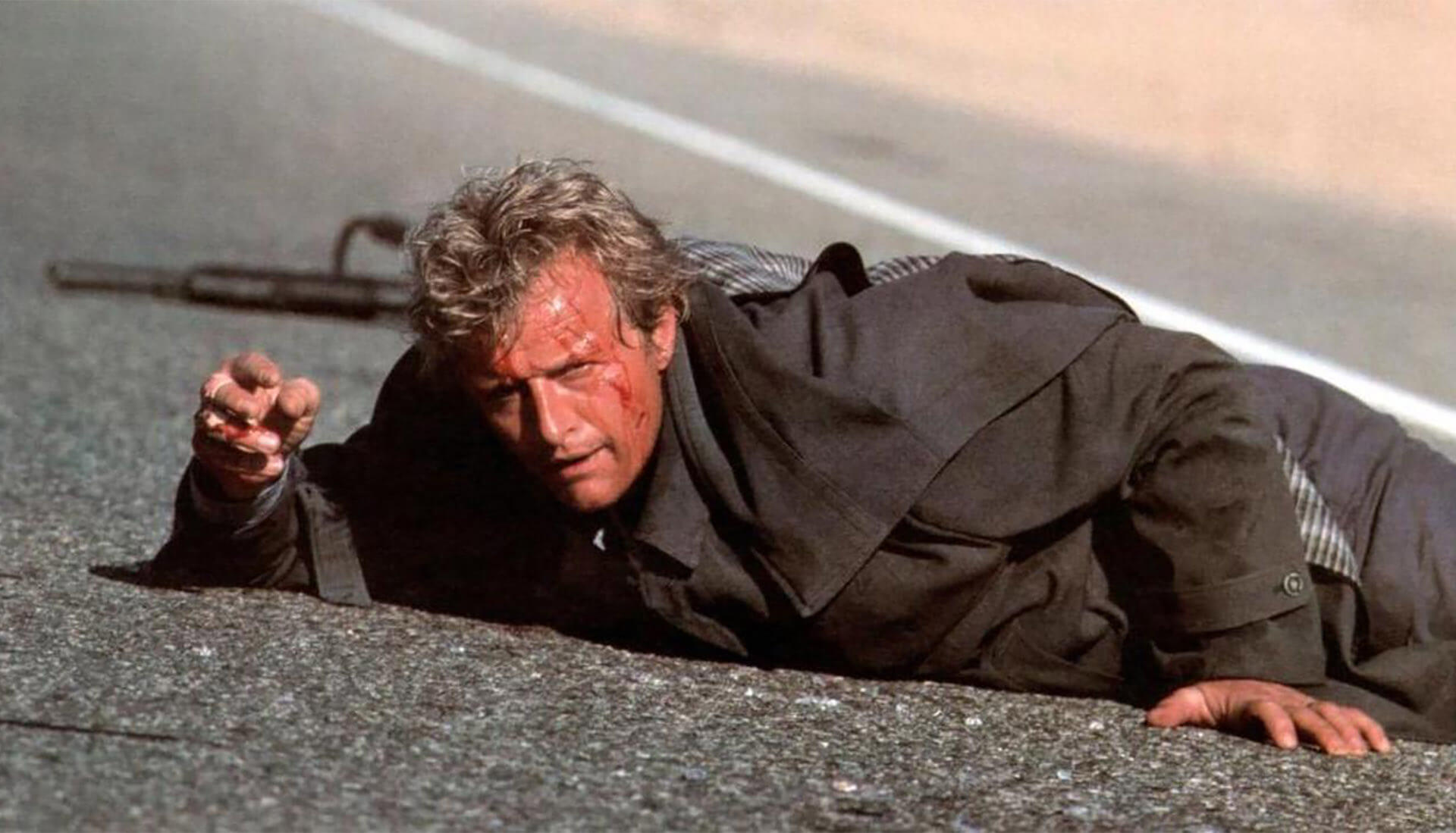
Ryder’s nature, whether it has its anchor in the real world or the fantastic, is a puzzle for us, and that’s probably why The Hitcher remains a film that sticks in our memory for a long time. It’s a movie filled with action and tension, an atmosphere straight from a nightmare, and scenes hinting at the obscure connection between the characters. Above all, it has its titular character, the one you can’t escape from.

